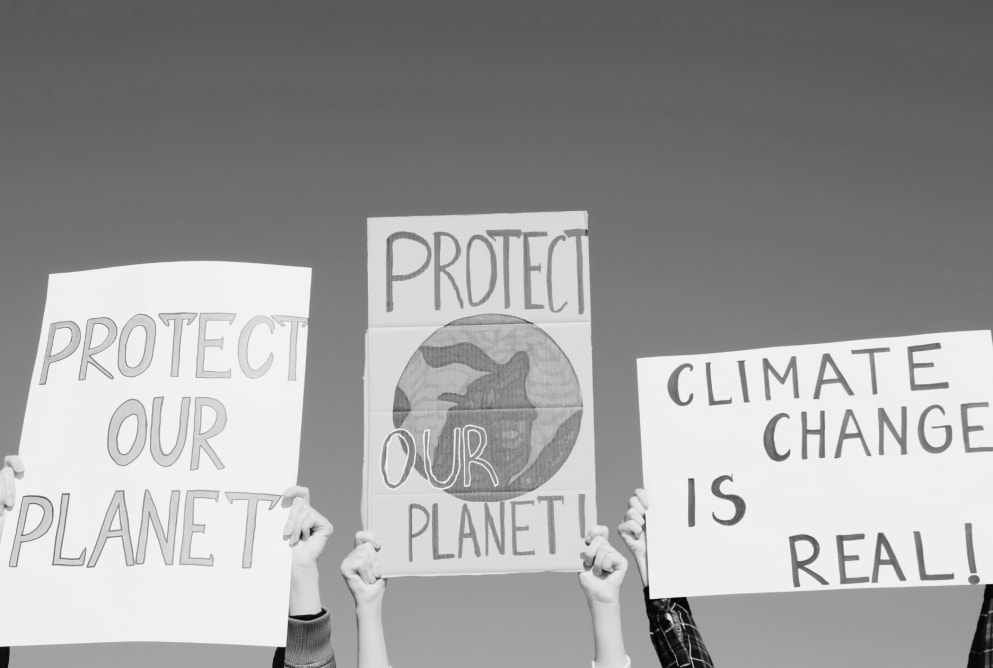The concept of climate change isn’t new to anyone. We know the scale of the problem. And while we see what needs to be done, we’re a long way from reversing the damage we’ve done.
As some governments around the globe seek a new approach, there are so many considerations and repercussions. One that’s all too often overlooked is how climate change will impact homelessness and those experiencing it.
Extreme weather
With climate change comes extreme weather - hot and cold, wet and dry.
During severe heat waves, people experiencing homelessness are more at risk of becoming dehydrated, suffering severe sun damage, overheating and infections due to poor hygiene. More people actually die on the streets during the warm summer months than they do in the winter.
We’ve already seen the other end of the spectrum in 2025, with this January giving us multiple below-zero evenings with heavy snowfall, ice and baltic winds - extreme winter conditions. For those experiencing homelessness, risks of illnesses such as hypothermia, frostbite and even trenchfoot are ever present. Not to mention the vulnerability that comes with decreased daylight hours.
The Museum of Homelessness found that 1,474 people died while homeless in 2023. With extreme weather contributing to potentially harmful, at worst, deadly diseases and illnesses, worryingly, this number is expected to keep rising.
Climate change puts more at risk of homelessness
Either because of rising energy costs or because of damage caused by other extreme weather such as flooding, wildfires or storms, homelessness caused by climate change isn’t as farfetched as some might think.
Rising household costs
Energy bills are constantly rising, putting increased pressure on households. While it’s difficult to know the exact number of families who have already had to leave their homes because of inflation, we know that this cost-of-living crisis is contributing to an even bigger homelessness crisis.
Climate change will continue to impact food costs. Extreme weather and natural disasters are leading to shortages and driving up prices for basic essentials.
Extreme weather damage
Turbulent weather conditions continue to wreak havoc on people’s homes. Floods, fires, and storms all cause severe damage that can be catastrophic for families. The recent wildfires in LA show that even the most affluent people are not immune to these disasters.
For the less well-off, these extreme weather conditions could be the difference between having a roof over their head and being forced into homelessness.
Are local authorities activating SWEP?
SWEP (severe weather protocol) protects people experiencing homelessness during severe weather. However, there are no consistent guidelines, and the local authority decides whether or not to initiate SWEP.
During The Museum of Homelessness’s nine-month investigation into SWEP around the country, they were shocked at the discrepancies in SWEP documentation - with some LAs sending thick files of information and some having never activated SWEP at all.
To use their words, ‘patchy provision won’t save lives’. As a matter of urgency, we need to raise awareness of funding for consistent, proactive SWEP for all local authorities. The climate emergency isn’t going anywhere, and people experiencing homelessness are suffering because of inaction.
If you’d like to ask your local MP about your area’s SWEP, click here.
